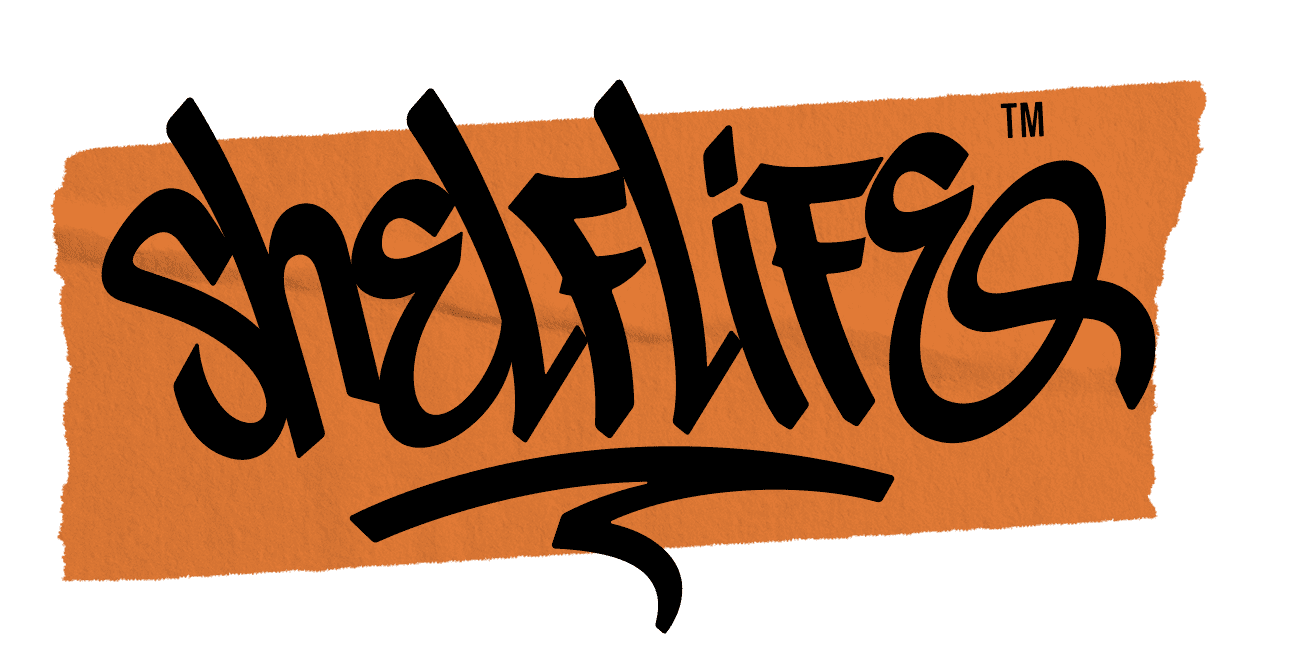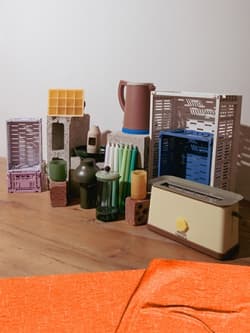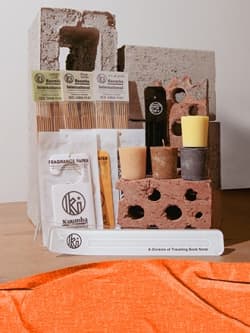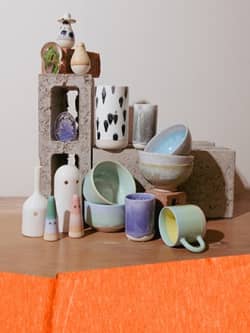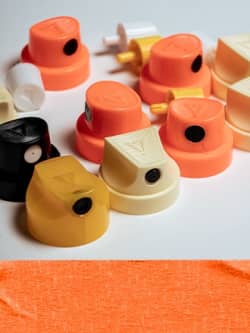The Global Style of Focalistic

Pretoria, affectionately known as iPitori by its residents, has emerged as a vibrant cultural hub within South Africa's rich music landscape. As the birthplace of amapiano, this city boasts an unmistakable language, style, and vibe that set it apart.
Focalistic has travelled the world, thanks to amapiano capturing the ears and attention of audiences globally. And while he has seen the dazzling lights of Times Square and the glamour of Parisian fashion, Focalistic's heart always falls for the charm of Pitori. As he eloquently puts it, the people of the city are "flowers in a basket of nails," and the city's distinctive way of life has permeated into Focalistic's artistic expression—both in fashion and music.
The two elements have come together perfectly with the release of his new track, “Pressure”. The song is part of a collaborative effort between the musician and adidas Originals. The star-studded music video features appearances from football icon Lucas Radebe as well as Ronwen Williams, Damian Willemse, Akani Simbini, Boipelo Awuah, Rich Mnisi and musician Shekhinah.
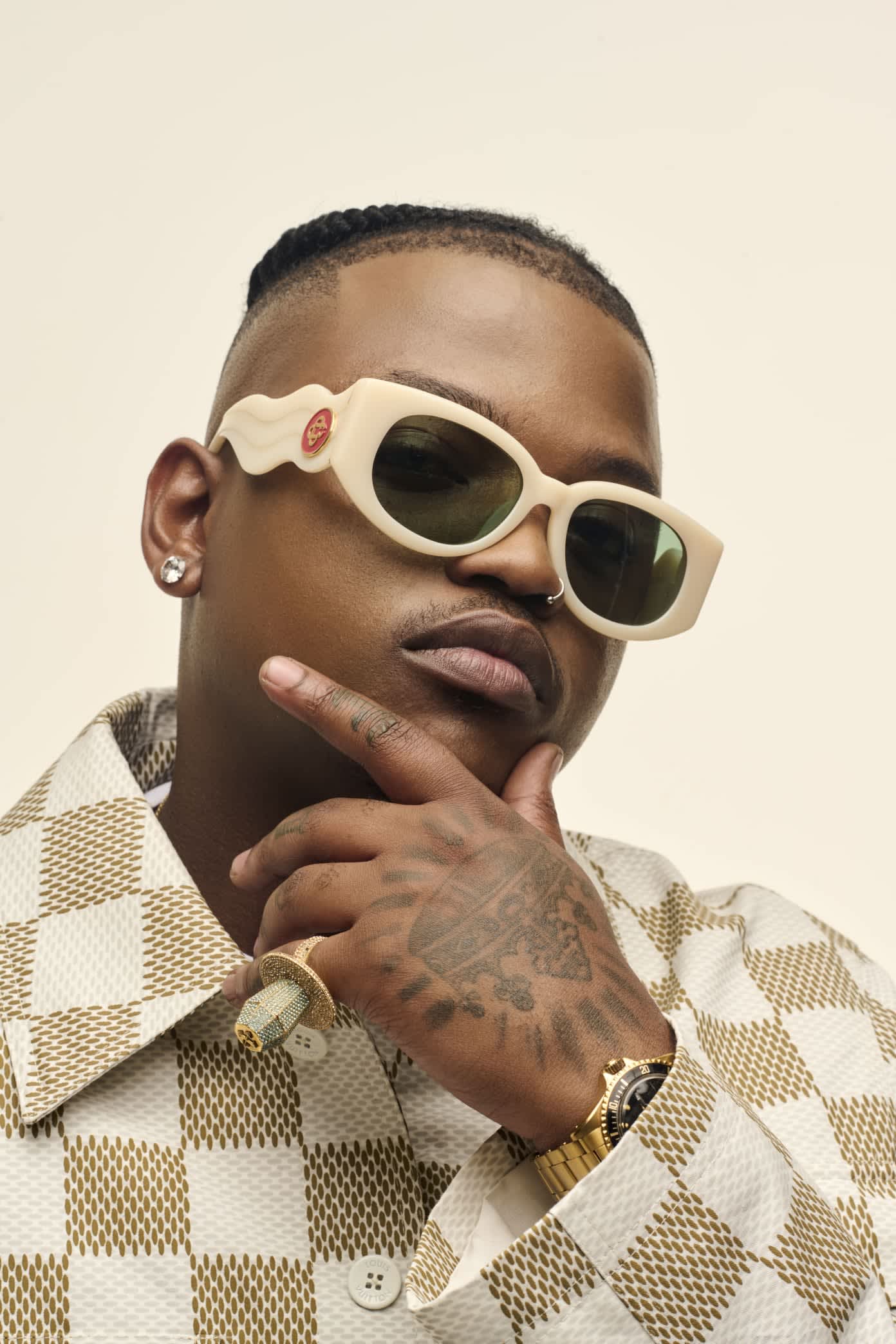
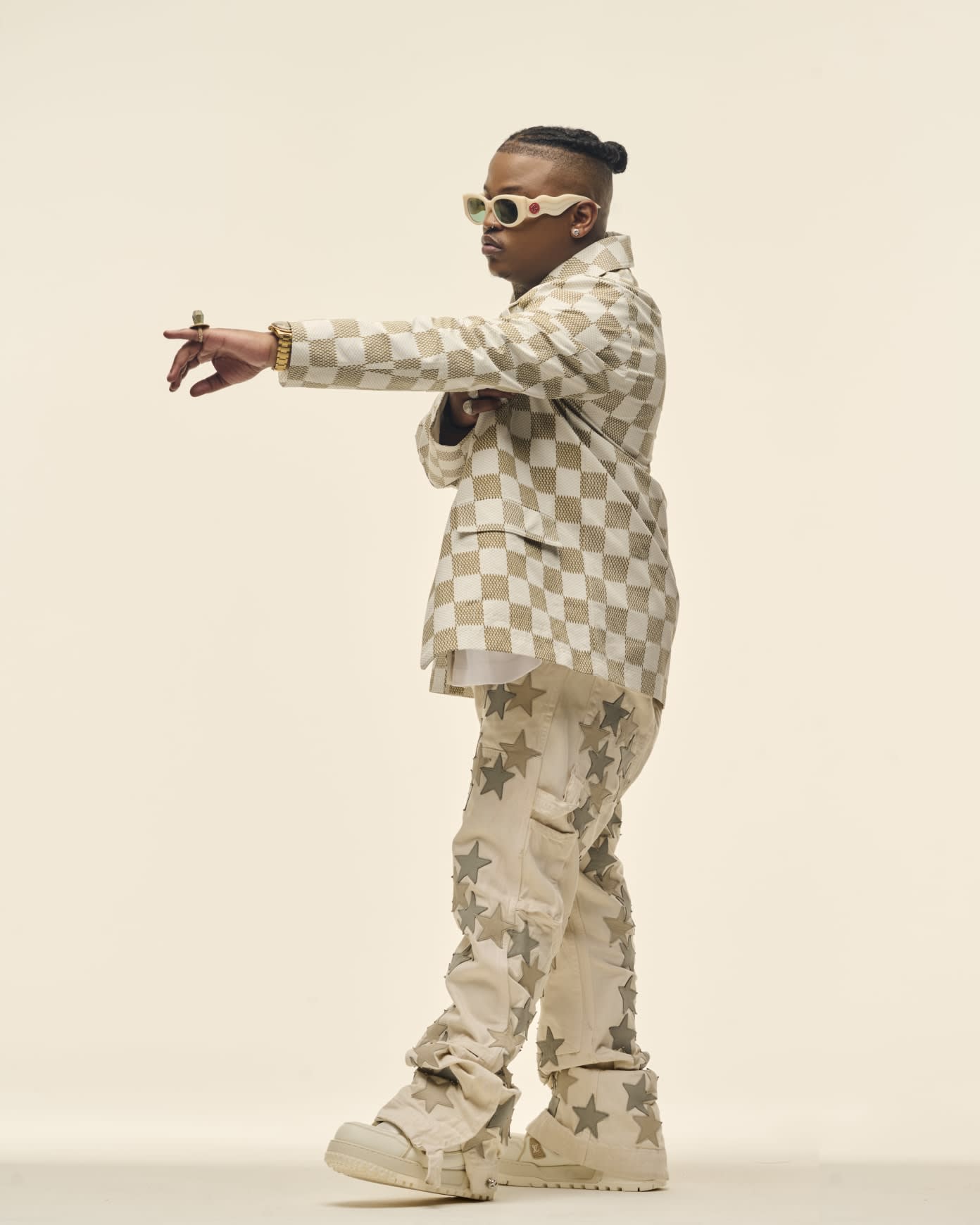
Shelflife caught up with the ‘Ke Star’ hitmaker to talk about what makes his hometown unique and how it shaped him.
SL: So you've travelled the world because of amapiano. What do you think makes Pitori so special compared to everything else that you've seen?
F: What makes Pitori special is how genuine it is. It’s such a world on its own, and we have our own language, way of dressing, and our own bounce: it sticks out. I can tell a Pitori person without them saying a word—you can just tell from the confidence and the bravado. We’re just different, and it’s something that you would just have to experience.
Yes, there are countries and places that are my favourites, but they just don’t know how to party or move like people from Pitori. There’s no place in the world that is like Pitori.
SL: How does it inspire you?
F: I mean, I wouldn’t say I necessarily use it for inspiration: it’s just how I grew up. I never knew that it inspired me—a fish never knows it is wet. I grew up in Garankuwa, which is close to Soshanguve, which means Sotho, Shangaan, Nguni, and Venda. Envision growing up in a neighbourhood that has every single ethnicity in one place: you can only imagine how much drama there is! When I tell different stories about how I grew up, people are so confused because they’ve never experienced something like that.
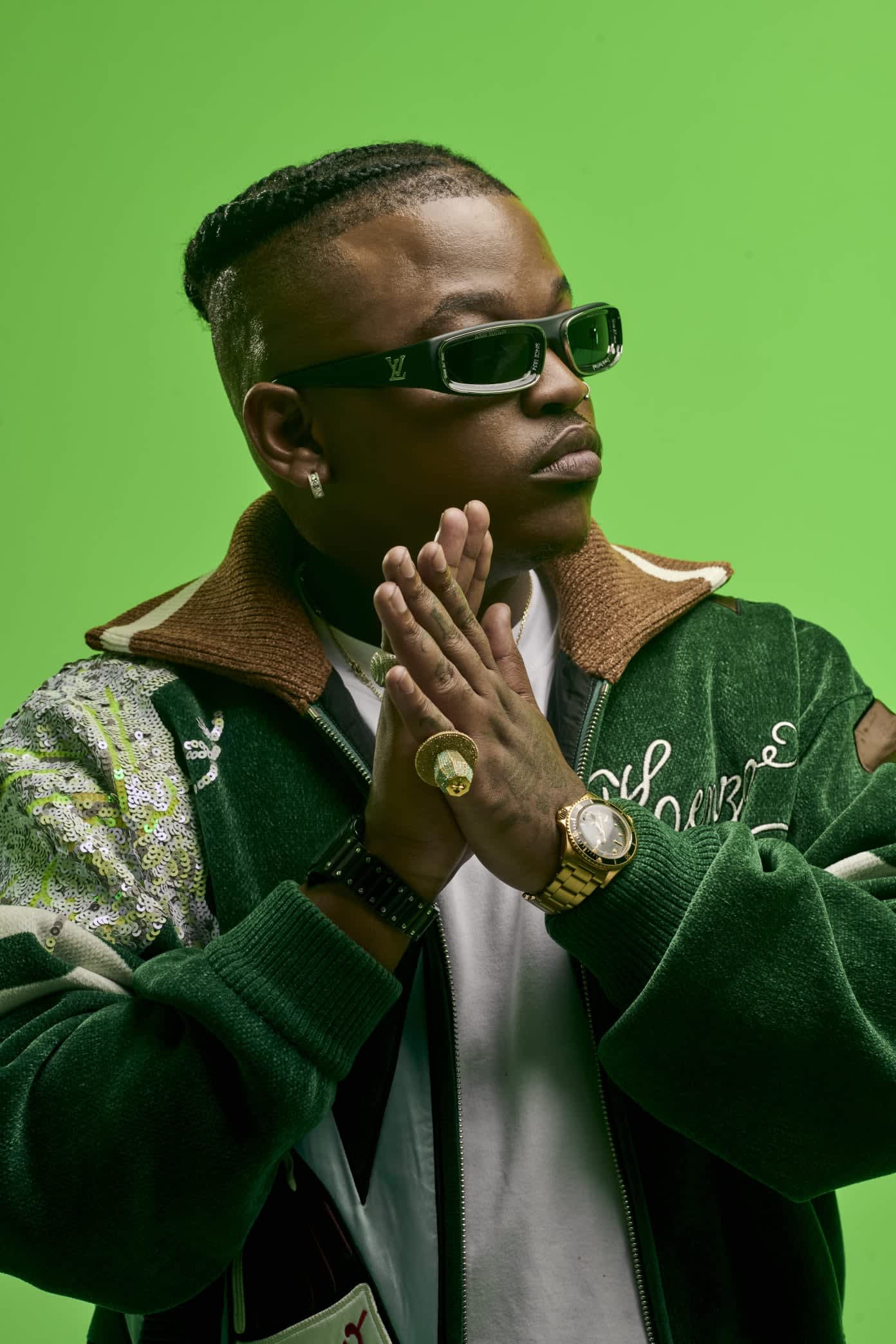
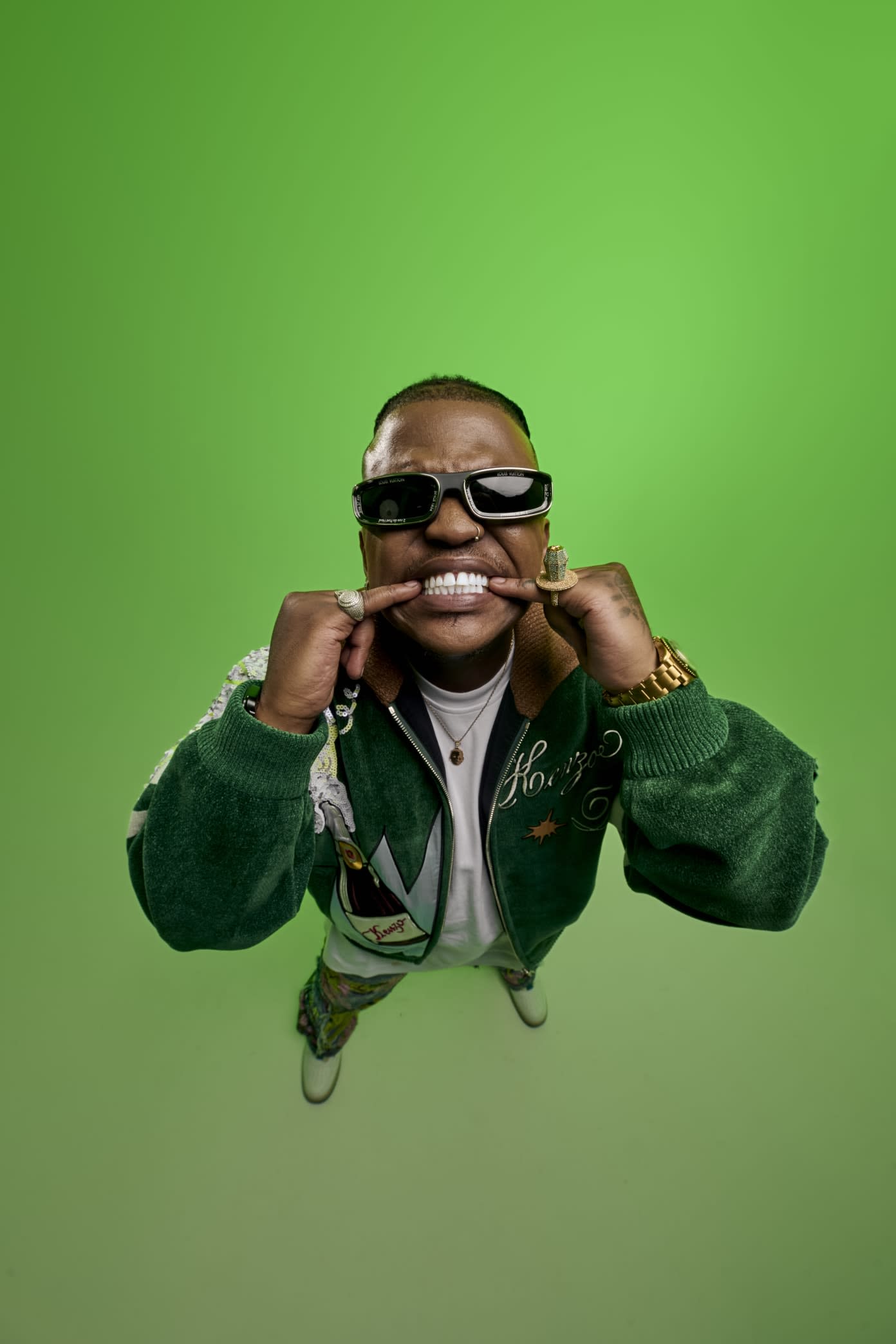
SL: Do you remember what your first introduction to fashion was?
F: My first introduction to fashion had to be around the time when Carvela shoes were a craze. I was in grade 3, and I just kept asking my parents for them. From there, we went onto Timberlands. I got to see the seasons changing and what became fashionable, but obviously we couldn’t afford it at the time. But they were must-haves, and I would get super excited if I got any of them. I started realising that I love clothes.
SL: How do you still keep yourself authentic to where you're from, even though you are working with a bigger budget?
F: I’m still from Pitori. Don’t forget that William ‘King of Bling’ Mashobane comes from Pitori, and that was real life. We learned about all these things and labels from the viewpoint of Pitori. At the end of the day, it is in our DNA to be fresh. We have a whole name for clothes that are trendy: they are called De Jaro. It’s just a thing.
SL: How much of the aesthetic that you have now is your own personal twist, and how much of it has been influenced by the culture that you grew up in?
F: Ninety percent of it is my own. In Pitori, you gotta be different to stand out and to be an individual. For me, as I grew up, I developed my own style. Fashion became something different—clothes are an extension of my expression. I’ve developed my own character with what I’ve learned, especially through fashion.
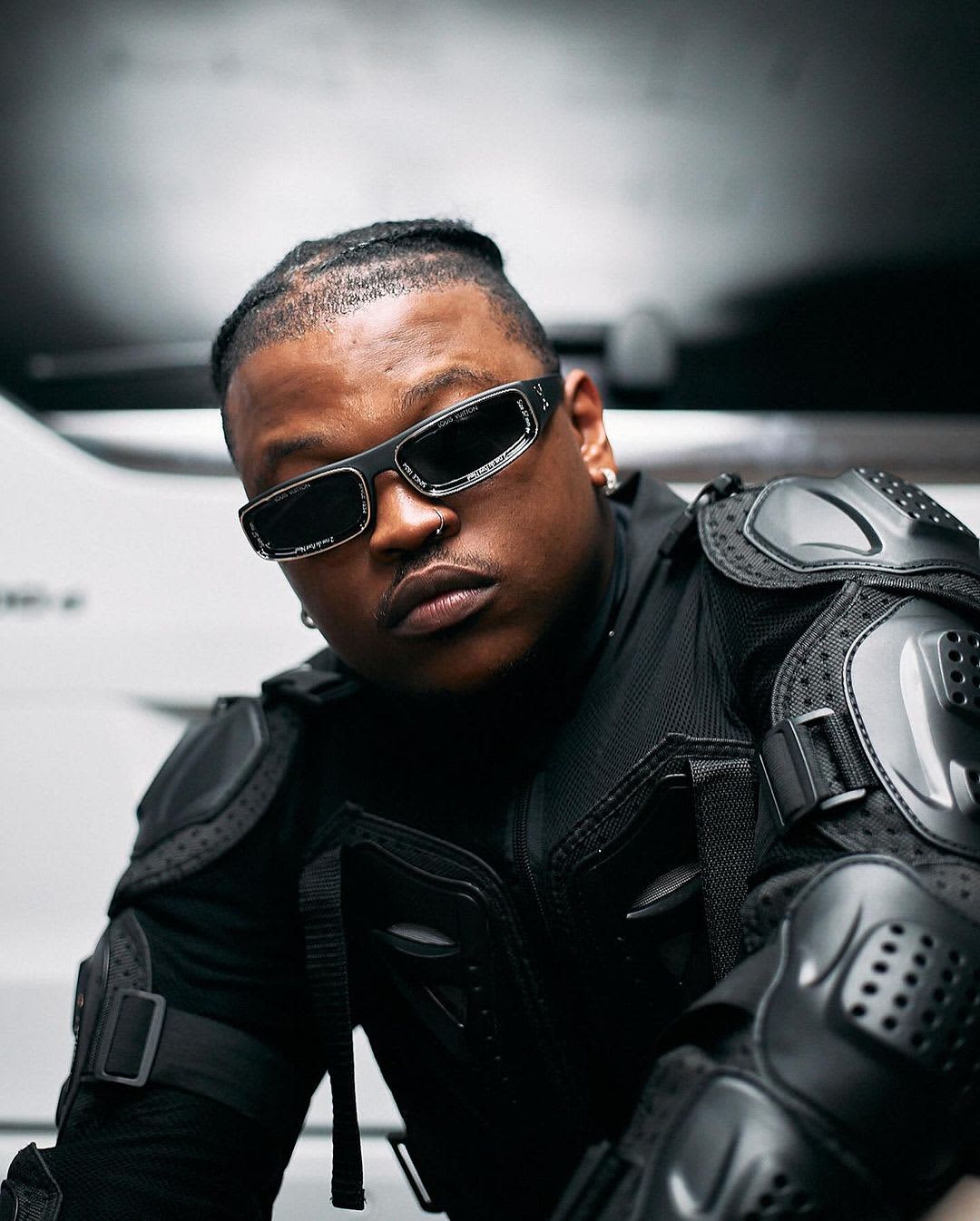
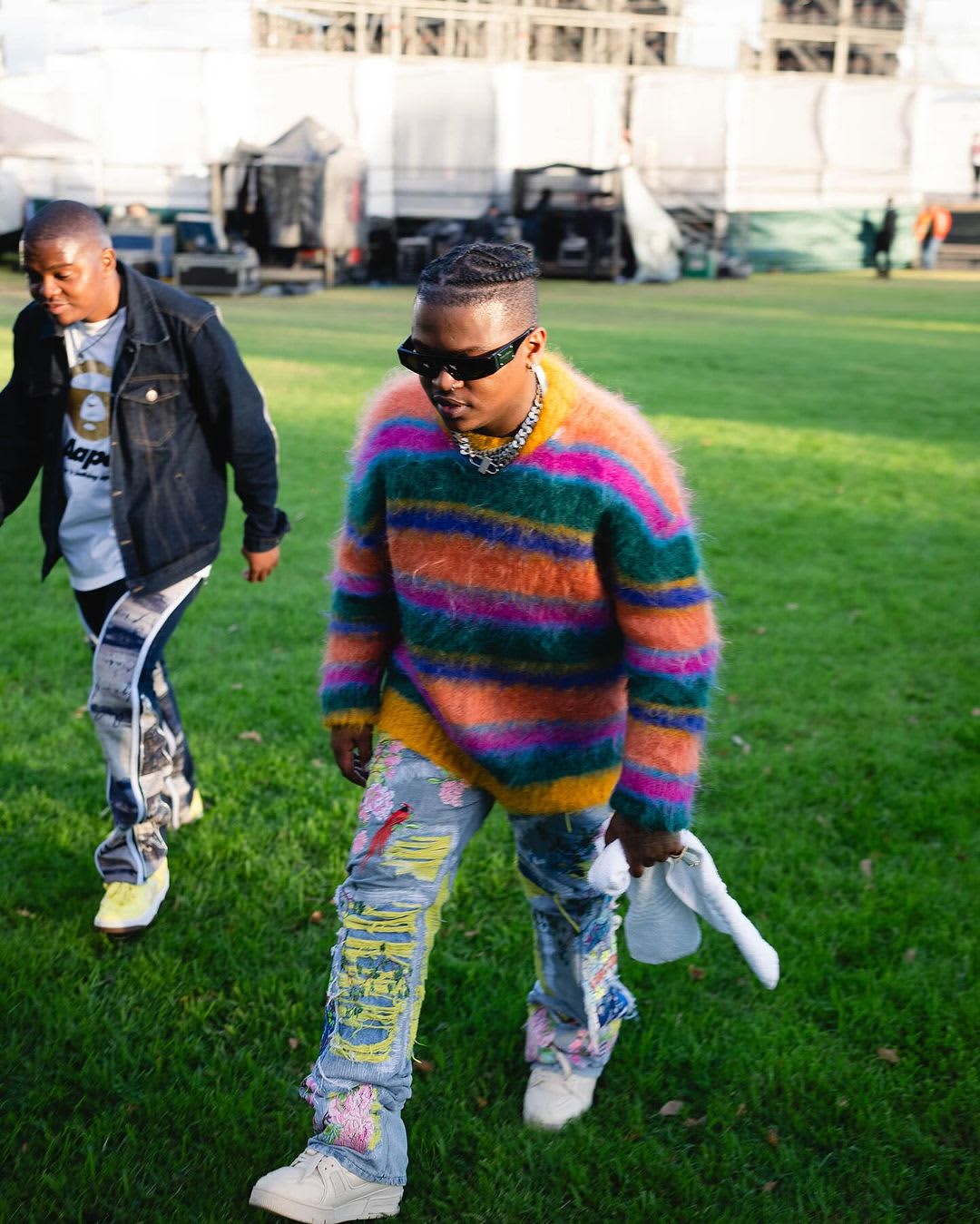
Words by Lethabo Nxumalo for Letterhead
